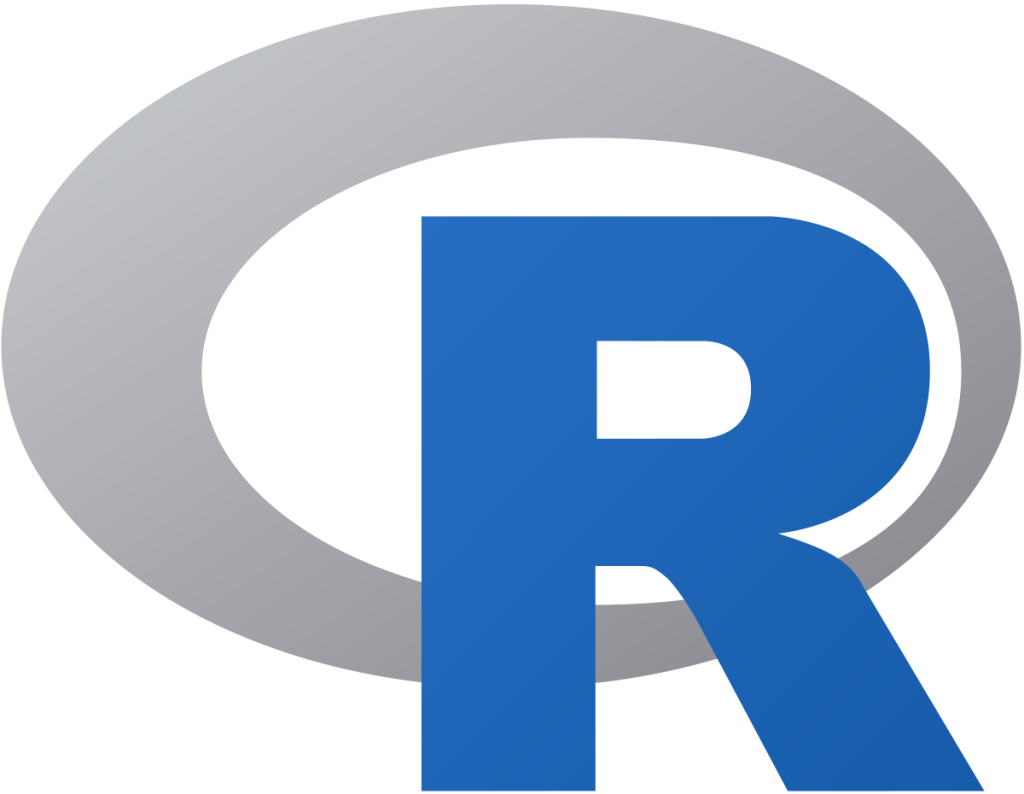
R is a programming language and free software environment widely used for statistical computing, data analysis, and graphical representation. Developed in the early 1990s by Ross Ihaka and Robert Gentleman at the University of Auckland, R has become one of the most popular languages among data scientists, statisticians, and researchers for its versatility, robust statistical capabilities, and extensive libraries.
Key Features of R Language
- Statistical Analysis: R is built for performing complex statistical analysis, offering a wide range of statistical tests, linear and nonlinear modeling, time-series analysis, and more.
- Data Visualization: R is known for its strong data visualization capabilities. Packages like ggplot2 and plotly allow users to create detailed and customizable graphics, charts, and plots.
- Extensive Libraries and Packages: R has a vast ecosystem of packages, with over 15,000 packages available on CRAN (Comprehensive R Archive Network). These packages extend R’s functionality, allowing for specialized analyses in fields like genomics, finance, and social sciences.
- Data Wrangling and Manipulation: Packages like dplyr and tidyr make it easy to clean, transform, and manipulate data, allowing users to prepare data for analysis with minimal coding.
- Open Source and Community Support: R is open-source, and it has a large and active community. Users can access numerous tutorials, forums, and documentation to learn and troubleshoot.
Common Uses of R
- Data Analysis: R is widely used for exploratory data analysis (EDA) and data summarization.
- Machine Learning: R has packages like caret and randomForest for machine learning tasks, including classification, regression, and clustering.
- Data Visualization: R can create high-quality graphs, suitable for reporting and presentations.
- Statistical Modeling: R’s statistical analysis capabilities make it a go-to for researchers in academia, pharmaceuticals, and social sciences.
- Bioinformatics: With packages like Bioconductor, R is heavily used in bioinformatics for genomic data analysis.
Popular R Packages
- ggplot2: For advanced data visualization.
- dplyr: Data manipulation and transformation.
- tidyr: Data cleaning and reshaping.
- caret: Machine learning algorithms and workflows.
- shiny: Building interactive web applications.
- plotly: Interactive and web-based visualizations.
Advantages of R Language
- Statistical Strength: R is specifically designed for data analysis and statistical computing.
- Visualization: R is known for producing professional, publication-quality graphics.
- Open Source: Free to use and widely supported by a global community.
- Wide Package Availability: CRAN offers extensive packages for a variety of data-related tasks.
Disadvantages of R Language
- Learning Curve: R has a unique syntax and can be challenging for beginners.
- Memory Intensive: R can be inefficient with memory, especially with large datasets.
- Slow Processing: Compared to languages like Python, R may be slower in certain computations, though packages like data.table and Rcpp can improve speed.
Resources to Learn R
- CRAN: CRAN R Project – The main repository for R packages and documentation.
- RStudio: A popular IDE for R that simplifies coding, debugging, and data visualization.
- R for Data Science by Hadley Wickham: A widely recommended book for learning data analysis in R.
- Coursera and DataCamp: Offer beginner to advanced R courses for data science and statistical analysis.
R continues to be a strong choice for data-driven fields, particularly when it comes to handling statistical analyses and creating visualizations. Its active community, extensive packages, and focus on data make it a powerful tool for researchers, analysts, and data scientists.
r








